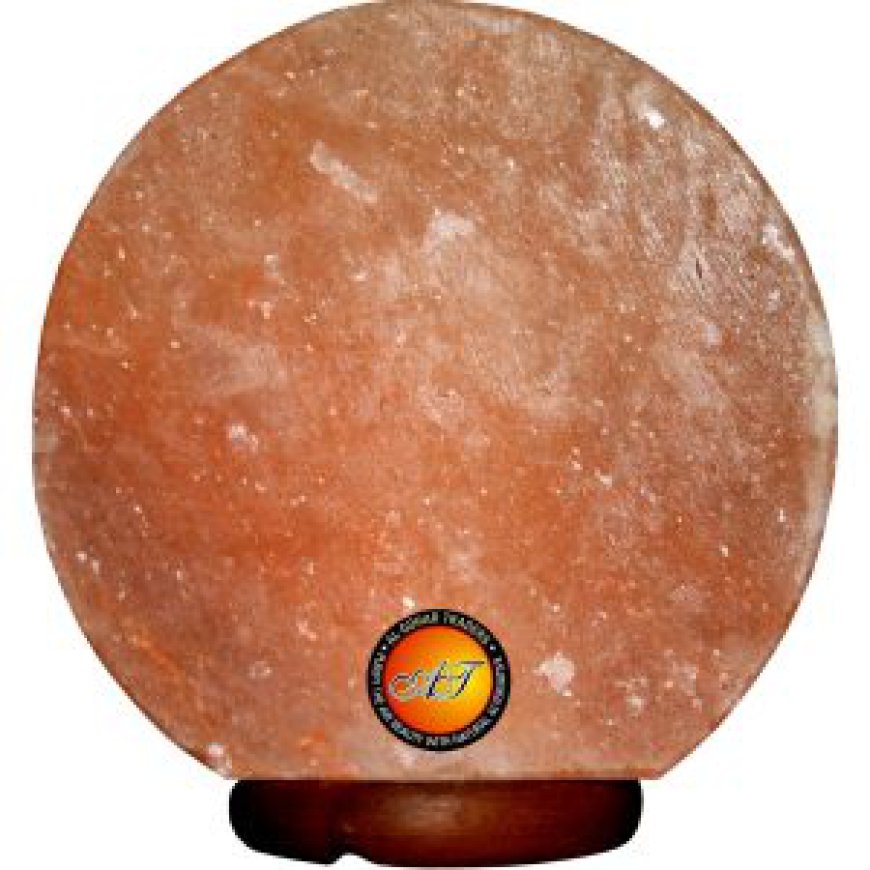salt cooking plate hs code
Understanding the HS Code for salt cooking plates is essential for seamless international trade. Typically classified under HS Code 2501, these plates fall into the category of salt-based products.

Salt cooking plates, often referred to as Himalayan salt blocks, are innovative culinary tools crafted from natural pink Himalayan salt. These plates are prized for their ability to enhance the flavor of food while offering an attractive presentation. They can be used for grilling, baking, chilling, and even serving dishes. In the global trade market, understanding the Harmonized System (HS) Code for these products is crucial for importers, exporters, and customs professionals.
Algohar World natural salt lamps that are believed to provide various benefits, combining both the aesthetic appeal and the potential health advantages associated with Himalayan salt lamps.
Understanding the HS Code System
What is an HS Code?
The Harmonized System Code, or HS Code, is an internationally standardized system developed by the World Customs Organization (WCO) for classifying traded goods. These codes are used worldwide to:
Streamline customs procedures.
Facilitate international trade.
Ensure accurate tariff application.
Structure of an HS Code
An HS Code consists of:
Chapters
Broad categories of goods (e.g., Chapter 25 covers salt, sulfur, earths, and stones).
Headings
Subcategories within a chapter.
Subheadings: Specific items under a heading.
For example, a typical HS Code may look like 2501.00.90, where:
25 represents the chapter (Salt; Sulfur; Earths and Stones).
01 represents the heading (Salt, including table salt and denatured salt).
00 and 90 provide further specificity.
Salt Cooking Plates: Applicable HS Code
General Classification
Salt cooking plates are primarily classified under Chapter 25: Salt; Sulfur; Earths and Stones; Plastering Materials; Lime and Cement. The specific heading relevant to salt products, including salt blocks, is typically:
2501: Salt (including table salt and denatured salt) and pure sodium chloride, whether or not in aqueous solution; sea water.
Possible HS Codes for Salt Cooking Plates
2501.00.10: For salt used for human consumption, including table salt.
2501.00.90: For other salt-based products, including non-edible items such as cooking plates.
Variations by Country
While the general HS Code is recognized globally, individual countries may add specific digits or subcategories to further classify products. Always consult the customs database or tariff schedule of the destination country.
Key Considerations for HS Code Classification
Intended Use of the Product
Edible Use: If the salt plate is marketed for direct human consumption, a different subheading may apply.
Non-Edible Culinary Tool: When the plate is used for cooking or serving rather than consumption, a broader classification under Chapter 25 is appropriate.
Material Composition
The product's composition—pure Himalayan salt versus mixed materials—may affect its classification.
Product Description and Documentation
Clear and accurate documentation is essential for proper HS Code application. Include:
Product specifications.
Usage details.
Manufacturing process.
Importance of Accurate HS Code Selection
Compliance with Customs Regulations
Incorrect classification can result in:
Delays in shipment clearance.
Penalties or fines.
Seizure of goods.
Determining Import Duties and Taxes
The HS Code directly affects:
Import duties.
Value-added tax (VAT).
Other applicable fees.
Facilitating Trade Agreements
Correct classification ensures eligibility for trade agreements or preferential tariffs under Free Trade Agreements (FTAs).
Note: Understanding the salt cooking plate hs code is essential for seamless international trade.
Challenges in HS Code Classification
Ambiguities in Product Categories
Salt cooking plates are niche items that may straddle the line between kitchen tools and natural materials, leading to potential misclassification.
Country-Specific Regulations
Some countries may classify salt plates differently based on local trade rules or customs policies.
Frequent Code Updates
The WCO periodically revises HS Codes, which can complicate compliance for importers and exporters.
Steps to Determine the Correct HS Code
Research Applicable Chapters Review the WCO’s Harmonized System Nomenclature to identify relevant chapters for the product.Consult National Customs Authorities Check with the customs department of the exporting/importing country for specific classifications.Analyze Product Features Consider the product's composition, intended use, and marketing descriptions.Seek Expert Guidance Engage a customs broker or trade consultant for professional advice on classification.
Practical Applications of Salt Cooking Plates
Culinary Uses
Grilling: Retains and evenly distributes heat for grilling meats and vegetables.
Serving: Used as an elegant serving platter that imparts a mild salty flavor.
Chilling: Ideal for presenting cold dishes like sushi or desserts.
Wellness and Spa Uses
In addition to cooking, salt blocks are occasionally used in wellness treatments, such as heated massage therapies.
Home Décor
Some salt plates double as decorative items, enhancing their versatility and marketability.
International Trade Trends for Salt Cooking Plates
Growing Demand
The global market for natural and artisanal kitchen tools is expanding, with salt cooking plates gaining popularity for their aesthetic and functional appeal.
Key Exporting Countries
Pakistan: The leading exporter of Himalayan salt products, including salt cooking plates.
India and China: Other significant players in the Himalayan salt product trade.
Key Importing Markets
United States: A top consumer of gourmet cooking tools.
European Union: High demand for sustainable and natural kitchen products.
Best Practices for Importing and Exporting Salt Cooking Plates
Ensure Proper Packaging
Salt cooking plates are fragile. Use robust packaging to prevent damage during transit.
Provide Clear Product Descriptions
Avoid customs delays by accurately describing the product’s use, composition, and origin.
Stay Updated on Trade Regulations
Monitor changes in HS Codes, tariffs, and trade agreements that may impact your product.
Conclusion
Understanding the HS Code for salt cooking plates is essential for seamless international trade. Typically classified under HS Code 2501, these plates fall into the category of salt-based products. Proper classification ensures compliance with customs regulations, accurate tariff application, and smooth trade processes. By staying informed and seeking professional advice, businesses can capitalize on the growing demand for these versatile culinary tools in global markets.

 Tagxa1122
Tagxa1122